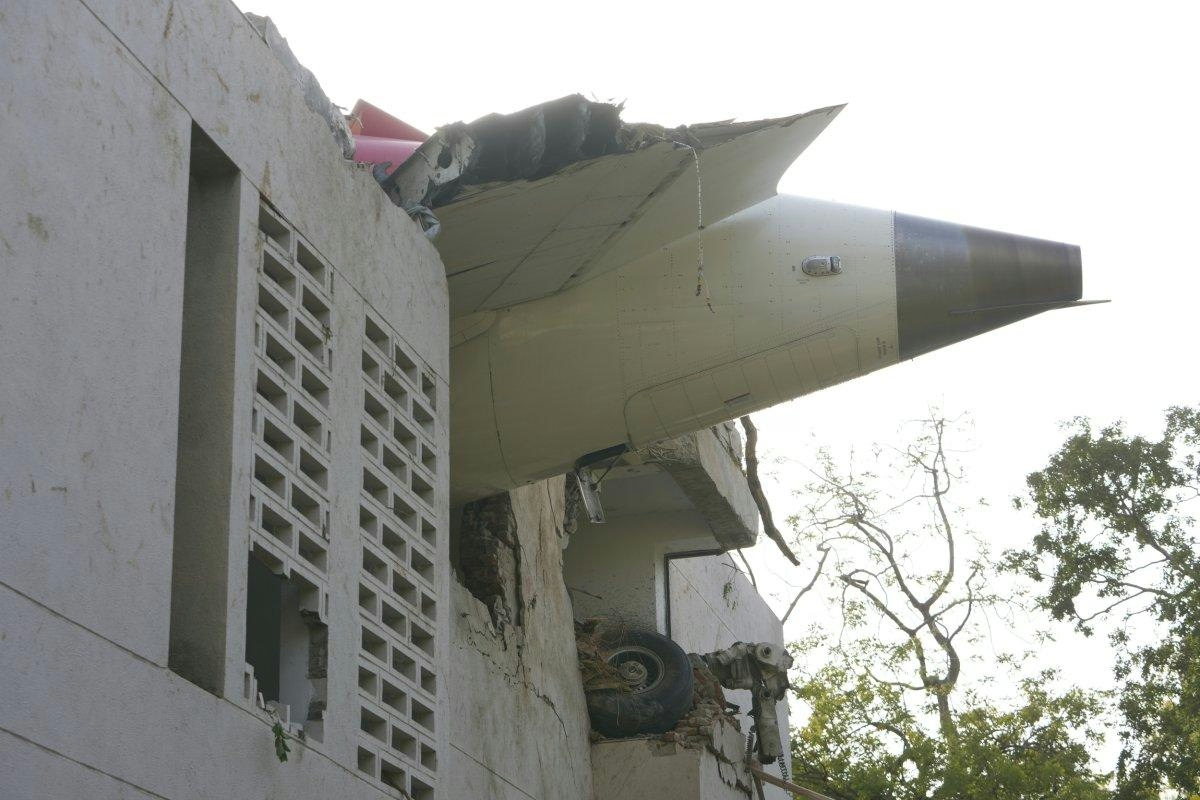
Smarter email, faster business.
Trending
Slow Recovery in Asia-Pacific Widebody Aircraft Utilization
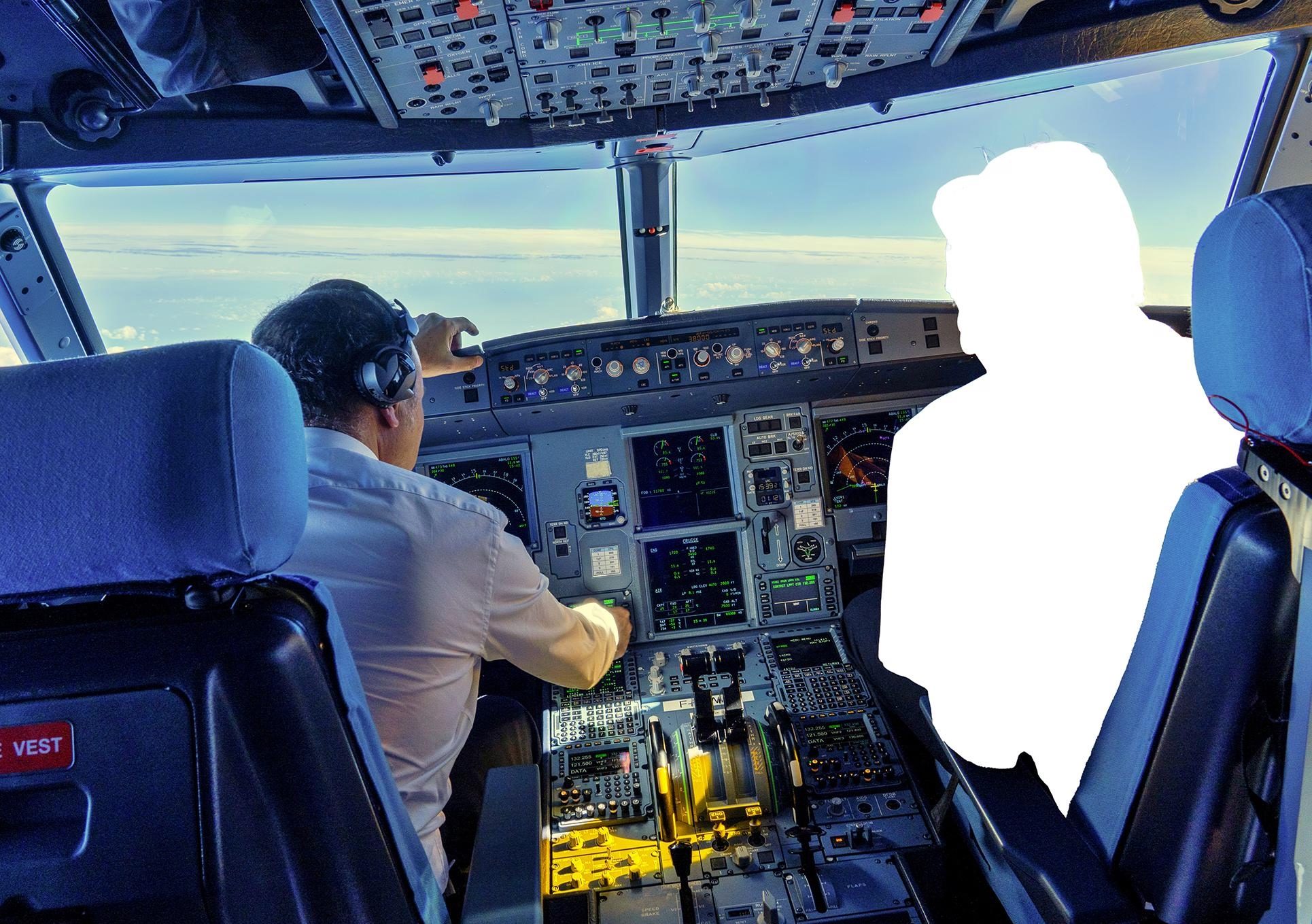
Slow Recovery in Asia-Pacific Widebody Aircraft Utilization
As the aviation industry prepares for the second annual Aero-Engines Asia-Pacific event scheduled for April 23-24, a closer examination of widebody engine utilization trends in the region reveals a slow and uneven recovery. This analysis specifically excludes China and India, focusing instead on the broader Asia-Pacific market.
Utilization Trends and Market Challenges
Widebody aircraft utilization across the Asia-Pacific region remains nearly 10% below pre-pandemic levels when comparing the first quarter of 2025 to the same period in 2019. This sluggish rebound is partly attributable to a 5% reduction in the in-service widebody fleet over the same timeframe. While other global regions have experienced a more rapid recovery, operators in Asia-Pacific continue to face challenges in returning to pre-pandemic operational levels. This lag has prompted both engine manufacturers and airlines to reassess their strategies in an effort to regain market share and stimulate growth.
Dominance of Rolls-Royce and General Electric
The widebody engine market in Asia-Pacific is overwhelmingly dominated by Rolls-Royce and General Electric (GE), which together power nearly 90% of all widebody flights in the region. Each manufacturer accounts for approximately 45% of flights in the first quarter of 2025, corresponding to roughly 38,000 engine cycles per month.
Rolls-Royce has benefited significantly from the resurgence of the Airbus A330, which has driven increased aftermarket support and supply activity, positively influencing the company’s share price. The Airbus A350, exclusively powered by Rolls-Royce’s Trent XWB engine, continues to maintain a strong presence, ensuring sustained demand for aftermarket services. Currently, Rolls-Royce engines power nearly 650 widebody aircraft operated by carriers in the Asia-Pacific region.
General Electric holds the position of the second-largest widebody engine provider, with just over 600 twin-aisle aircraft in service. Approximately one-third of these are Boeing 777-300ERs, which continue to exhibit high utilization rates. However, the number of GE-powered Boeing 747s has declined by 30 since 2019, reflecting the ongoing retirement of older, less fuel-efficient aircraft.
Other Engine Providers and Market Shifts
Pratt & Whitney accounts for around 10% of widebody utilization in the region, with an in-service fleet of approximately 120 aircraft, representing about 9% of the total. These engines primarily power legacy fleets, and their utilization is expected to plateau before gradually declining. CFM International maintains a minimal presence in the widebody segment, powering only a small number of Airbus A340s, though its influence is considerably stronger in the narrowbody market.
The slow recovery of widebody operations contrasts sharply with the rapid rebound seen in narrowbody aircraft utilization. CFM International’s LEAP and CFM56 engines have become the backbone of single-aisle fleets, with the LEAP engine’s fuel efficiency and reliability driving a surge in domestic flight activity. This trend underscores the growing demand for environmentally friendly and cost-effective solutions as airlines and manufacturers adapt to evolving market dynamics.
As the Asia-Pacific aviation sector continues to navigate this uneven recovery, strategic adjustments by operators and engine manufacturers will be essential to capturing market share and addressing the region’s shifting aviation requirements.
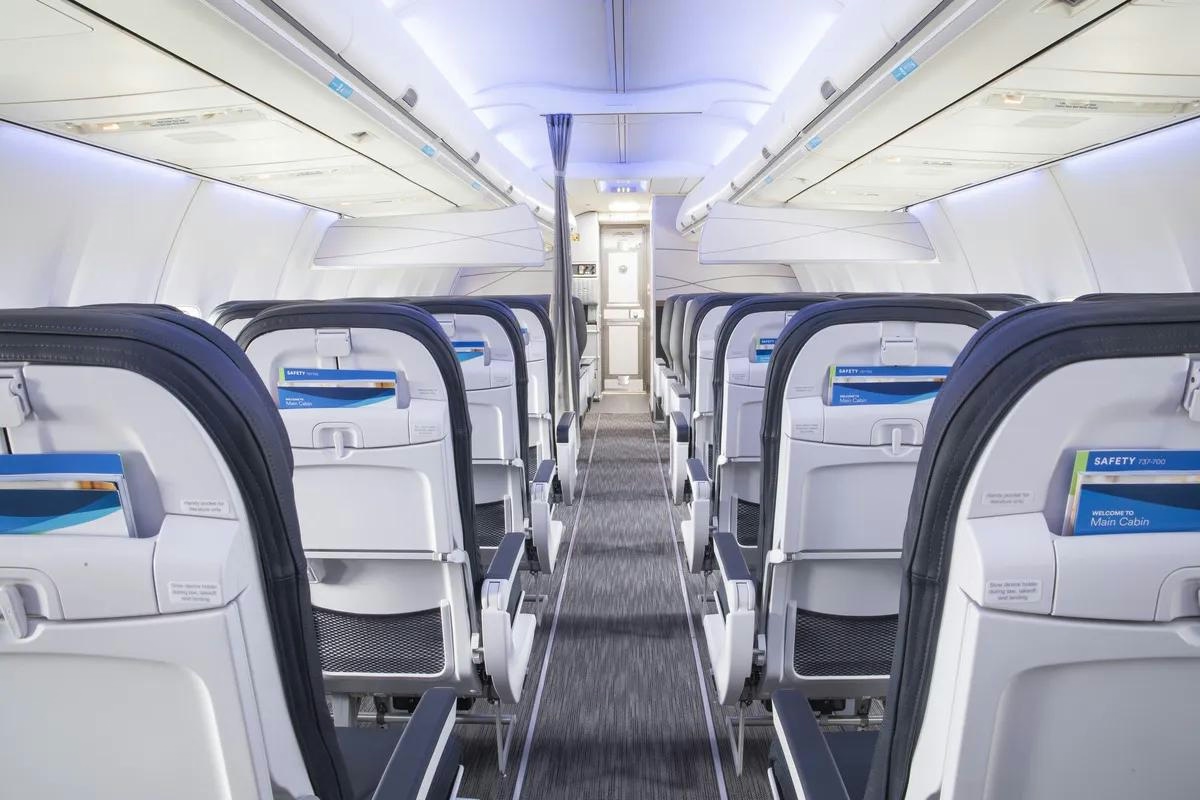
Key Questions on Chinese Travel, AI, and Airlines Answered by Skift
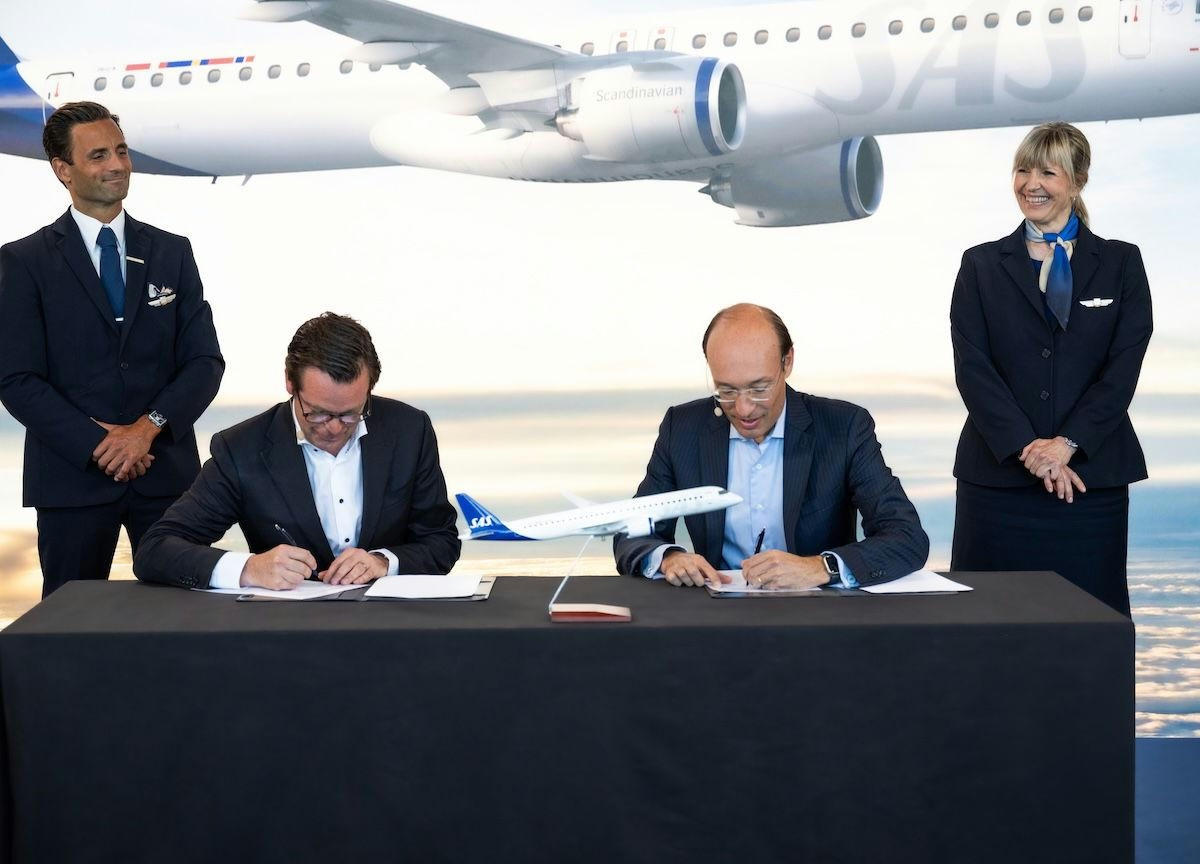
SAS Orders Up to 55 Embraer E195-E2 Jets

Portugal Hosts Aviation Pioneers at World Aviation Festival in Lisbon

World Star Aviation Backs XMAL’s First Lease Deal with easyJet
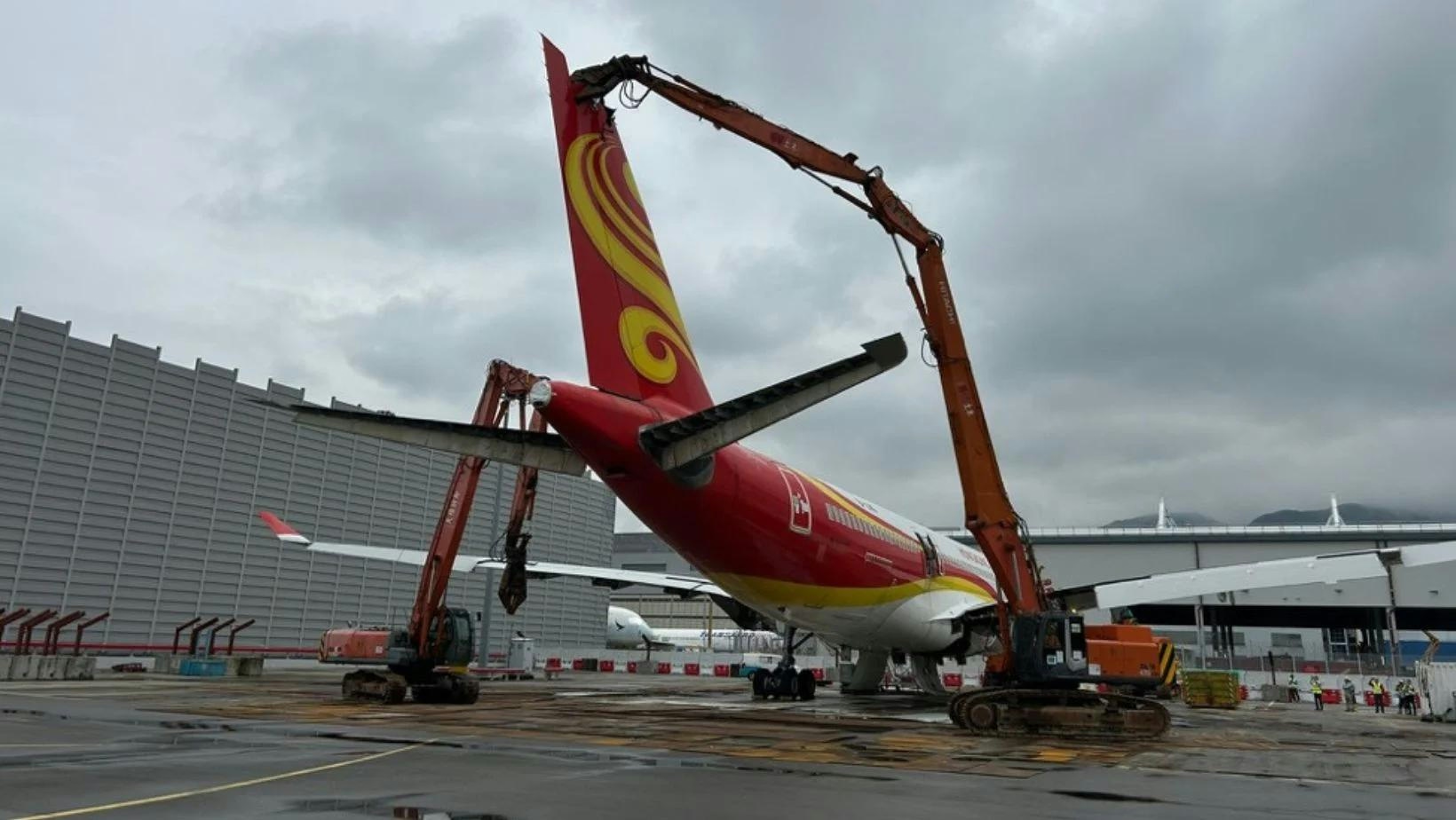
AerFin Conducts First Aircraft Disassembly at Hong Kong Airport
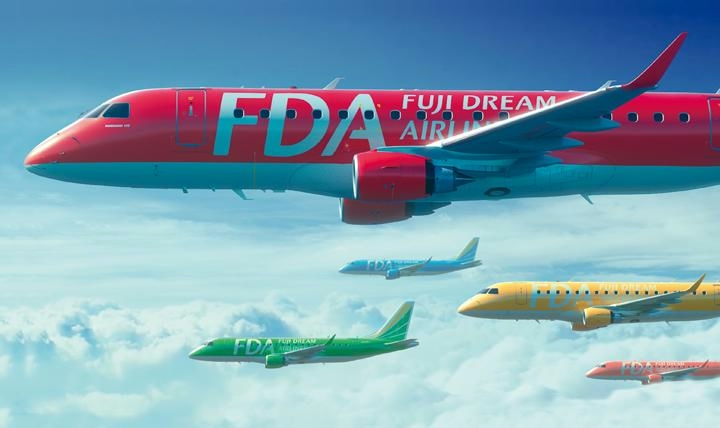
Fuji Dreams Airlines Renews Contract with IBS Software

Prague Airport Advances Traveler Experience Through Technology
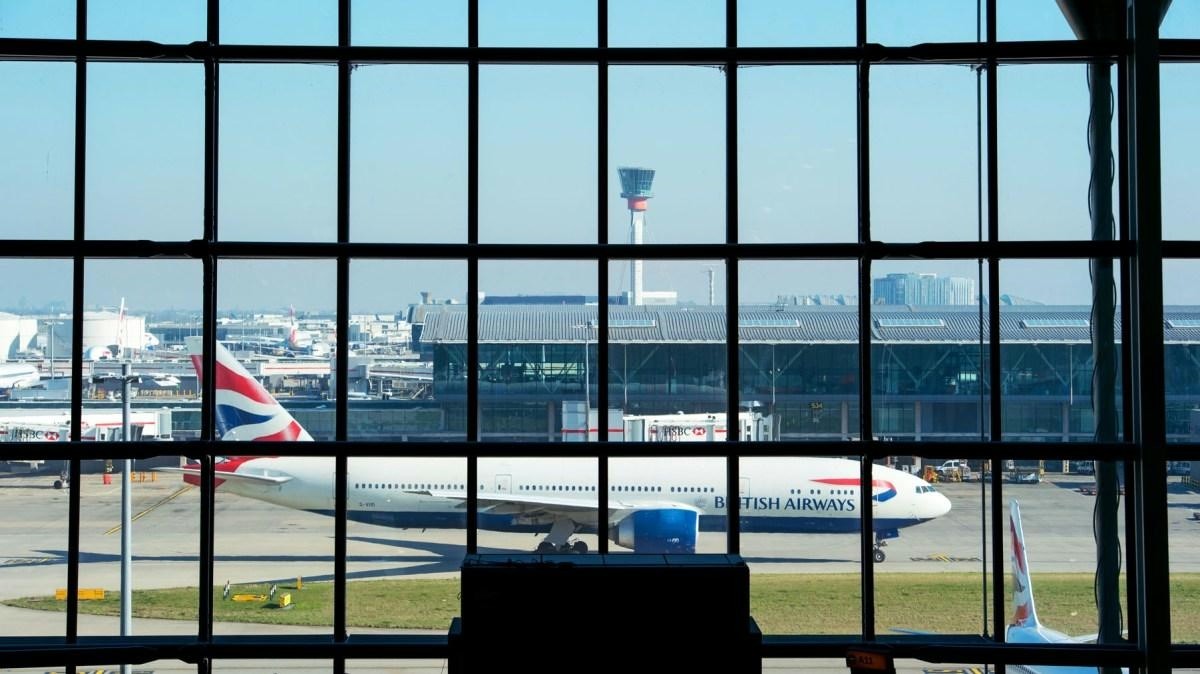
British Airways Employs AI to Reduce Delays and Cancellations
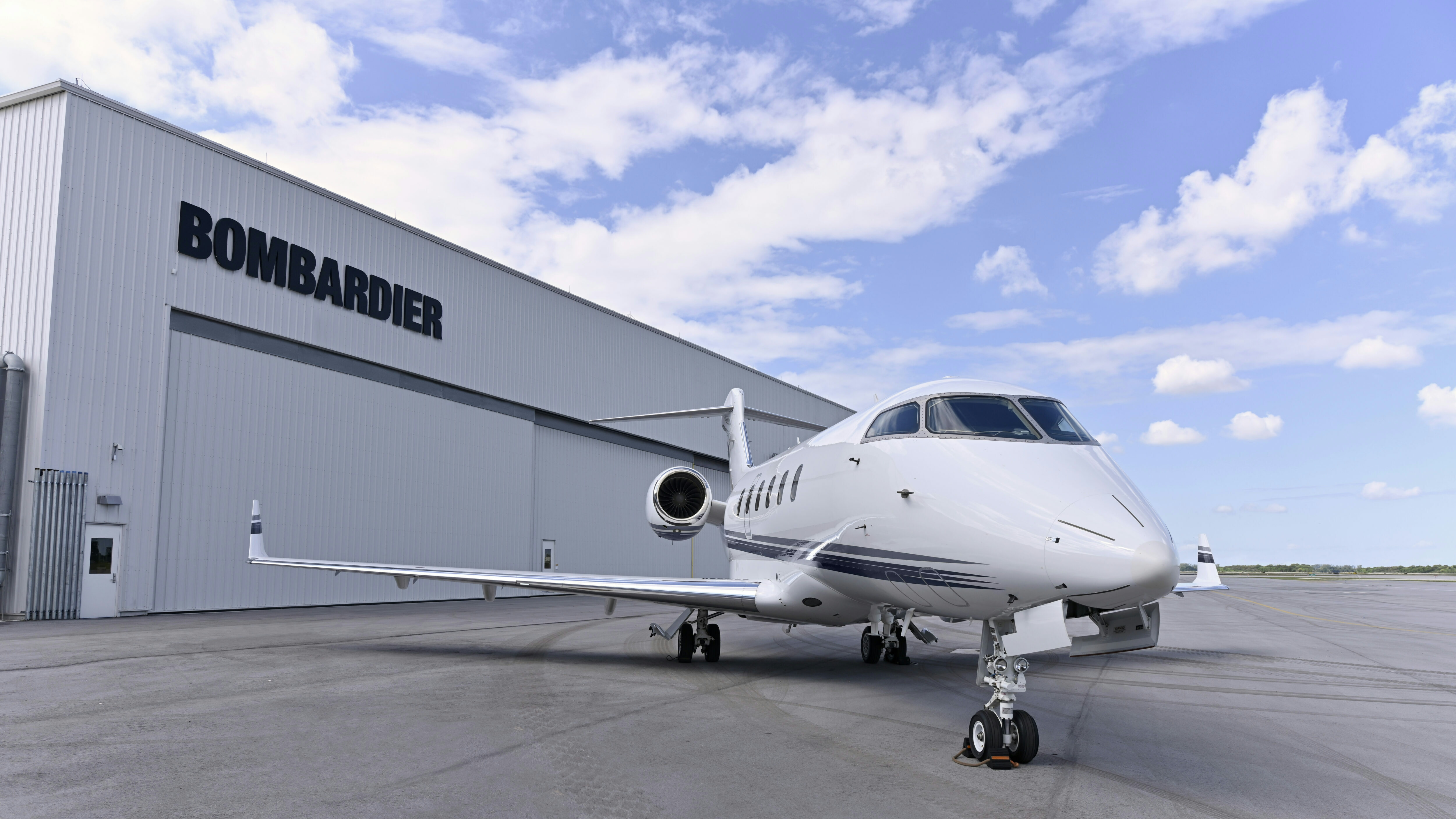
Bombardier's $1.7 Billion Deal Signals the Power of Long-Term Service Partnerships in Aviation
